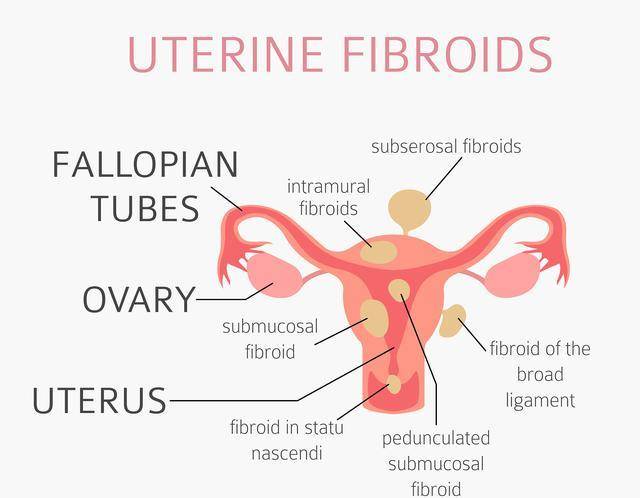There are many misconceptions in life that gynecological diseases are exclusive to married women, and that only those who have gone through childbirth and sexual activity are at risk of getting sick.
In reality, this is not the case. Some unmarried and childless women, who do not have a sexual life, can still be affected by gynecological diseases. It is important to distinguish which situations are unrelated to marital status, take proper preventive measures, to avoid being caught off guard by diseases.
1. Cervicitis
Regardless of marriage or sexual activity, women can still develop gynecological diseases. It is essential to understand the types of diseases that can be prevented and take measures early.
Even women who do not engage in sexual activity are at risk of developing cervicitis. Poor hygiene practices in the intimate areas can lead to the invasion of bacteria, causing inflammation in the cervix.
If the immune system is weak and not actively regulated, local lesions may develop, leading to symptoms such as increased vaginal discharge, yellowish color, foul odor, and even unusual urination sensations. These are warning signs of the disease that should not be ignored.
2. Vaginitis
Vaginitis is a common gynecological disease with a relatively high incidence rate, and even women who have not had sexual intercourse or are unmarried should be cautious. The occurrence of vaginitis is often related to weak immunity and poor hygiene practices.
Inadequate hygiene in the intimate areas, lack of cleanliness during menstruation, wearing pads for too long, or prolonged sitting that raises the temperature in the intimate areas can create an environment for bacterial growth and potential infection.
Common symptoms of vaginitis include itching in the external genital area, causing discomfort and requiring early treatment with medication and improved hygiene practices.
It is important to note that excessive cleaning is not necessarily better. Some people who frequently use detergents, shower gels, may disrupt the natural pH balance and increase the risk of vaginitis. Proper hygiene practices are essential for disease prevention.
3. Endometrial Cysts
If women experience recurrent menstrual cramps, it should not be ignored. Menstrual cramps often result from blood stasis and poor circulation. Eating cold and cool foods, lack of exercise, staying up late, or poor physical constitution can exacerbate the condition.
Even women who have not given birth can experience prolonged menstrual bleeding, leading to retrograde flow into the abdominal cavity, causing menstrual cramps, and increasing the risk of endometrial cysts.
The main characteristic of this condition is recurrent lower abdominal pain. Therefore, it is crucial to take care of oneself during menstruation to stay healthy and prevent the disease.
In conclusion, there are various types of gynecological diseases that require proper prevention. Understanding the factors that contribute to the onset of diseases is essential to keep illnesses at bay. #HealthEducationIsOngoing#


